Description
This spectacular issue of Heritage India goes backstage at a performance of Kathakali, and captures the panorama of the legendary Kumbh Mela. From being slaves to becoming sultans, we present the fascinating twists in the story of the Mamluk dynasty. This issue also features the stunning wall paintings of Shekhawati houses in Rajasthan, and the traditional wadas of Maharashtra. We take a look at the water resources of the Western ghats and sacred groves as well as the nomadic leaf dwellings of the Birhors. Also featured, how turmeric is made. All this and more in your quarterly keepsake!
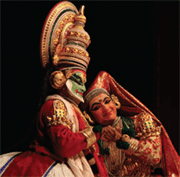 Vibrant yet refined, dramatic yet lyrical, exuberant yet sublime, Kathakali is one of the well-known classical theatre traditions of India. few art forms are as powerfully primordial and at the same time poetic as Kathakali. It is often called a dance drama since it is neither a drama nor a dance, but a combination of both.
Vibrant yet refined, dramatic yet lyrical, exuberant yet sublime, Kathakali is one of the well-known classical theatre traditions of India. few art forms are as powerfully primordial and at the same time poetic as Kathakali. It is often called a dance drama since it is neither a drama nor a dance, but a combination of both.
Ammini Ramachandran
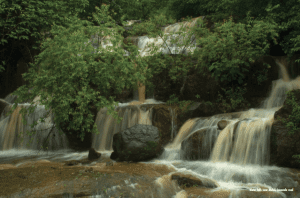 Because of their physical location and topography, the Western Ghats are not only rich in biodiversity but also the progenitors of a phenomenal source of water that gives life to the numerous rivers that travel out across the Deccan Plateau.
Because of their physical location and topography, the Western Ghats are not only rich in biodiversity but also the progenitors of a phenomenal source of water that gives life to the numerous rivers that travel out across the Deccan Plateau.
Abhijit Ghorpade
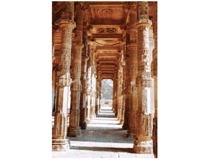 Ruling Delhi and North India in the 13th Century CE, the Mamluk Slave Dynasty became a significant presence in the region, leaving behind tangible and intangible heritage that alive even today. Rising from slaves to sultans, the heads of State brought to their kingdoms their own styles of governance, state craft, military prowess, depth of vision, architectural interest and sense of humanity and gave the Slave Dynasty a character of its own, placing it ona sure footing in the turbulent history of the region.
Ruling Delhi and North India in the 13th Century CE, the Mamluk Slave Dynasty became a significant presence in the region, leaving behind tangible and intangible heritage that alive even today. Rising from slaves to sultans, the heads of State brought to their kingdoms their own styles of governance, state craft, military prowess, depth of vision, architectural interest and sense of humanity and gave the Slave Dynasty a character of its own, placing it ona sure footing in the turbulent history of the region.
Shraddha Kumbhokar
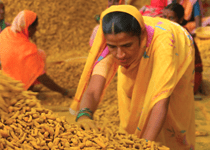 Mention the name ‘turmeric’ and diverse associations present themselves offering multiple facets of this amazing plant, which has been widely known for its contribution to Ayurveda, its use as a natural dye and cosmetic base and especially as a spice.
Mention the name ‘turmeric’ and diverse associations present themselves offering multiple facets of this amazing plant, which has been widely known for its contribution to Ayurveda, its use as a natural dye and cosmetic base and especially as a spice.
P K Ghanekar
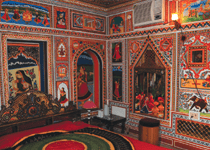 The story of the art and craft of a people has its roots in geographical location, historical situation and their social and cultural ethos. This fact could not have been truer than in the case of the birth and evolution of the Shekhawati artistic style.
The story of the art and craft of a people has its roots in geographical location, historical situation and their social and cultural ethos. This fact could not have been truer than in the case of the birth and evolution of the Shekhawati artistic style.
Monideepa Banerjee
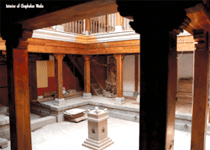 Although the concept of the Wada had already been employed by architects in almost all southerm Indian provinces, it was interpreted in a different manner in Maharashtra during the reign of the Peshwas.
Although the concept of the Wada had already been employed by architects in almost all southerm Indian provinces, it was interpreted in a different manner in Maharashtra during the reign of the Peshwas.
A Massive hoard of a total of 1233 silver rupee coins has been unearthed form a Maratha period Wada at Modhave…
More Buddhist rock cut caves have been found at Junnar…
Eighty four silver coins of the Mughal period have been excavated near Varanasi…
A copperplate of the Vakataka King, Pravarasena II has been discovered in Khandvi…
Snippets
Kanauj – The Fragrant town
Betelnut – Supari
 Tamil is one of mankind’s oldest languages, belonging to the Dravidian linguistic family. Its sophisticated script and detailed grammar have created the ideal structure for the flowering of literature – prose, poetry, drama, literary criticism, lyrics and sacred chants.
Tamil is one of mankind’s oldest languages, belonging to the Dravidian linguistic family. Its sophisticated script and detailed grammar have created the ideal structure for the flowering of literature – prose, poetry, drama, literary criticism, lyrics and sacred chants.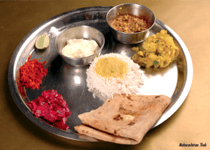 A melange of diversity, form mild to fiery, from watery to dry chutneys, it is ‘everyday home food’ for one of India’s largest states and still hasn’t found the recognition it deserves.
A melange of diversity, form mild to fiery, from watery to dry chutneys, it is ‘everyday home food’ for one of India’s largest states and still hasn’t found the recognition it deserves.
Ashishwang Godha
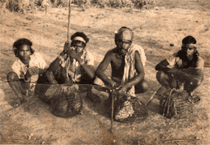 Undoubtedly amongst the oldest tribes autochthonous to Jharkhand and its environs, the Birhors, or jungle people, even today lead nomadic lifestyles in a hunting-gathering economy, living as one with Nature.
Undoubtedly amongst the oldest tribes autochthonous to Jharkhand and its environs, the Birhors, or jungle people, even today lead nomadic lifestyles in a hunting-gathering economy, living as one with Nature.
Bulu Imam
Drawing clues from India’s ancient river festivals, the Kumbh Mela has come to be the ultimate pilgrimage for Hindus across the world. Past festivals endorse the Kumbh as the largest number of people gathering for a common religious cause.
Kumar Mangwani
The 100-150 year old edifice, which was the birth place of the freedom fighters and martyrs – the Chaphekar brothers, was restored a hundred years later by the ‘Krantiveer Chaphekar Smarak Samiti’ with the aim of keeping their legacy alive. This memorial now houses articles and object from that era.
Nandkishor Ekbote
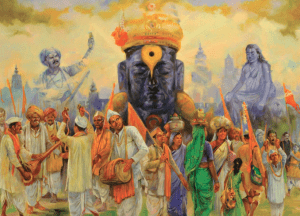 He was human, he was divine, he survived the trials and tribulations of life and emerged as perhaps one of the most revered saints of Maharashtra. Tukaram’s views of life and devotion, expressed through his Abhangas still offer millions ballast in the stormy times we live in.
He was human, he was divine, he survived the trials and tribulations of life and emerged as perhaps one of the most revered saints of Maharashtra. Tukaram’s views of life and devotion, expressed through his Abhangas still offer millions ballast in the stormy times we live in.
G B Deglurkar
 An integral part of the geology of central and southern India as well as parts of other southern continents of the world, the Glossopteris has played a major role in the creation of the enormous energy reserves of India. But what exactly is this substance?
An integral part of the geology of central and southern India as well as parts of other southern continents of the world, the Glossopteris has played a major role in the creation of the enormous energy reserves of India. But what exactly is this substance?
Abhijit Ghorpade
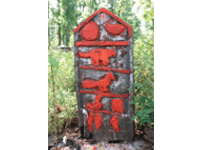 Across the length and breadth of the country, virtually every forest, wooded or semi-wooded area is sanctified by sacred beings who occupy spaces within. These may be merely restricted to a patch around the base of a tree trunk or within clusters of trees, or, even more expansively, preside over large wooded tracts.
Across the length and breadth of the country, virtually every forest, wooded or semi-wooded area is sanctified by sacred beings who occupy spaces within. These may be merely restricted to a patch around the base of a tree trunk or within clusters of trees, or, even more expansively, preside over large wooded tracts.
Randhir Khare
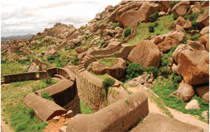 Picturesque yet impenetrable, its clever design, solid infrastructure and strategic position on old trade routes ensured that whoever held the Chitradurga Fort held sway over the region.
Picturesque yet impenetrable, its clever design, solid infrastructure and strategic position on old trade routes ensured that whoever held the Chitradurga Fort held sway over the region.
Meera Iyer


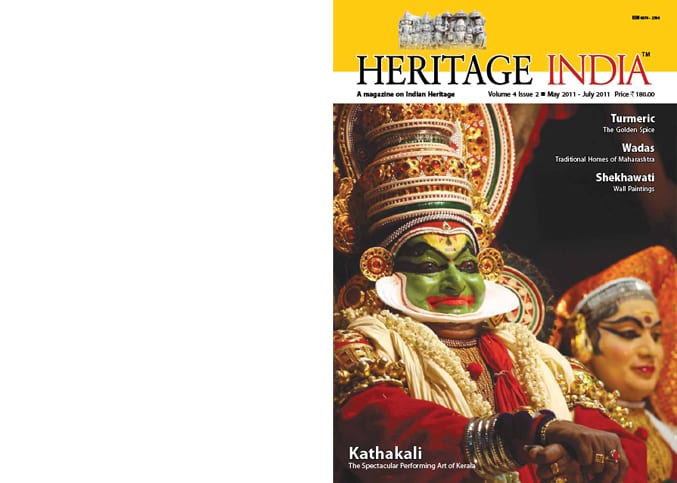
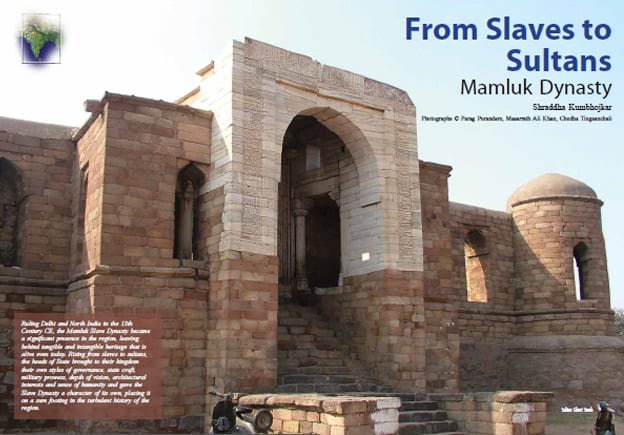
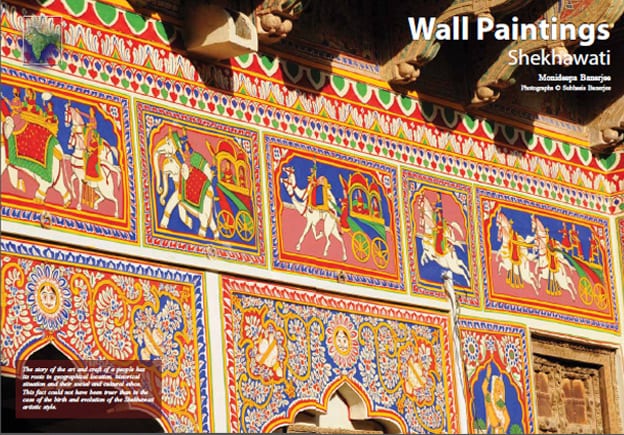
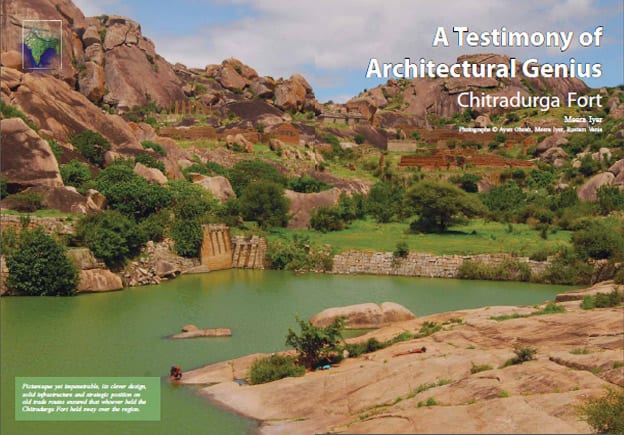

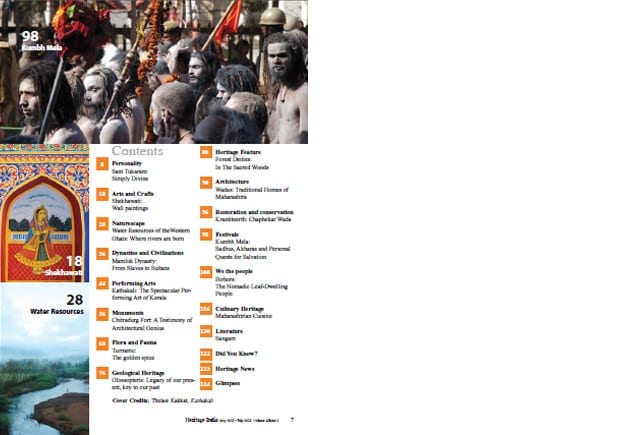

 +91 942 358 5984
+91 942 358 5984